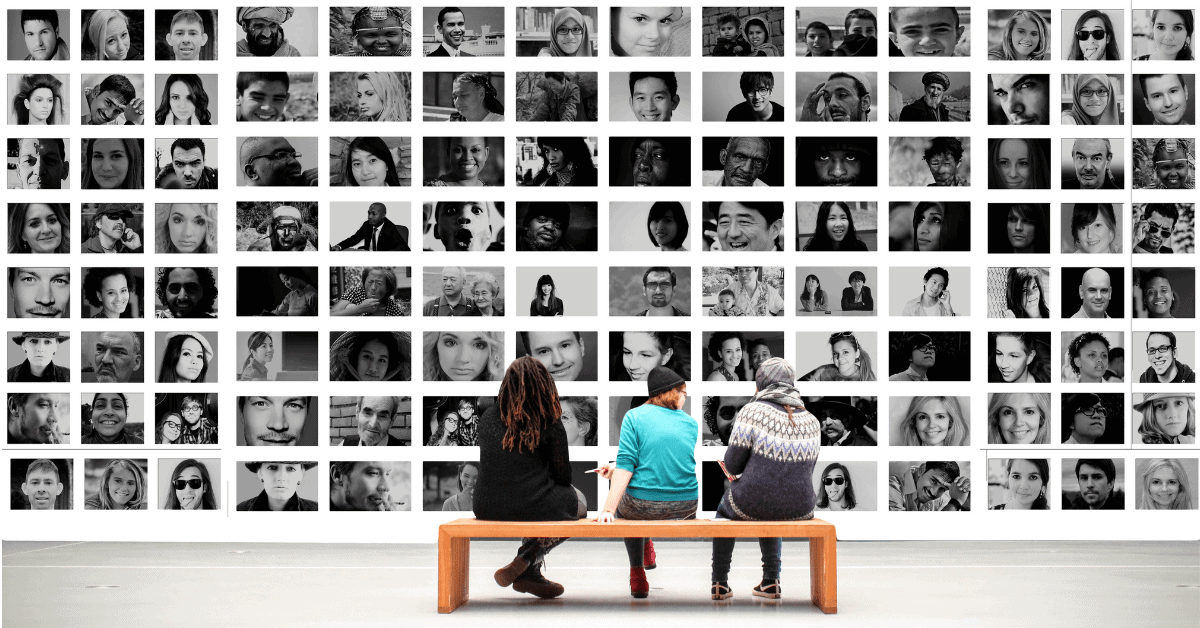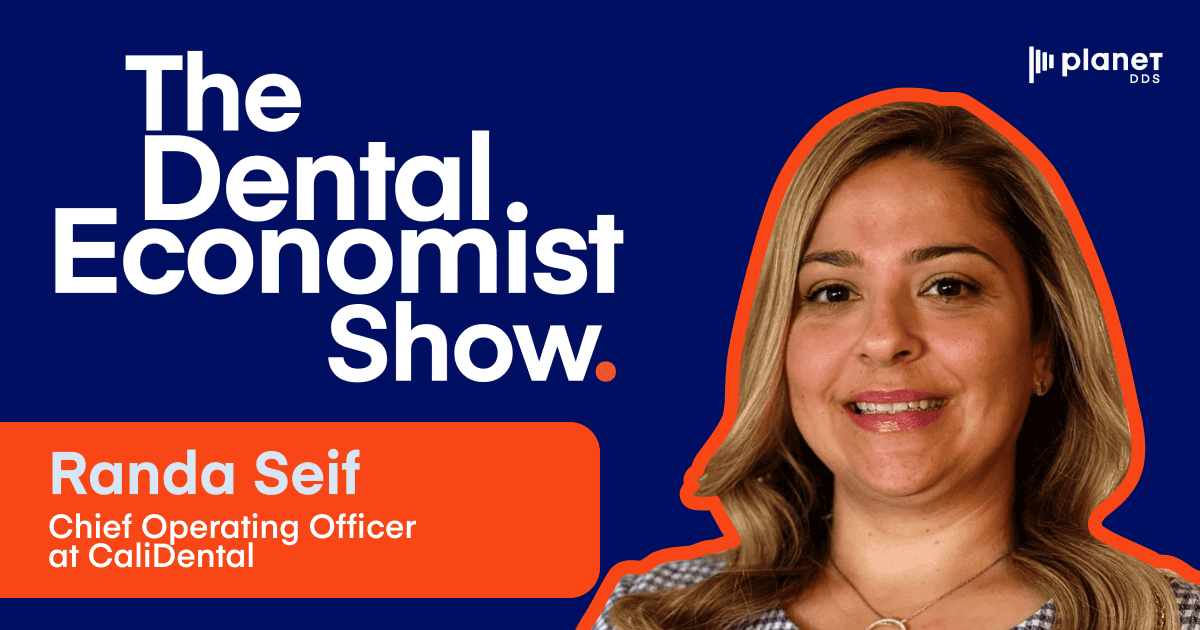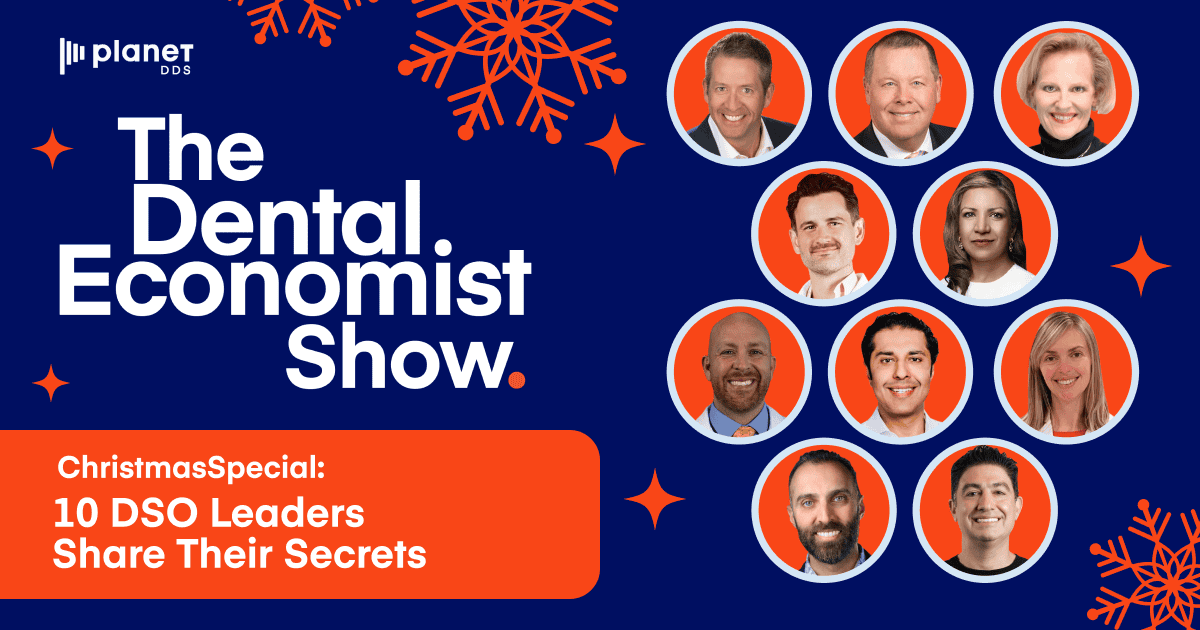Where Do We Go From Here With Social, Racial, and Ethnic Diversity in Dentistry?

Dentistry delivers a diverse collection of services. But does the industry’s diversity of care solutions match the diverse cultural landscape?
That’s a good question. And it’s one gaining traction from industry thought-leaders especially as relates to some of the more observable social, cultural, and racial disparities in dentistry.
Dentistry’s open door policy
A “welcome mat” approach has been the norm for the majority of dental practices. Regardless of socio-economic status, race, or ethnicity – treatment is available.
The limit to such availability would be on the shoulders of those who (for personal reasons) would opt out of treatment.
Strides have been made from the halls of dental education to dental technology innovators and of course to the boots-on-the-ground local dental practice. Progress is underway but data reveals the door to dentistry must swing much wider.
A revealing look at dental care across race and ethnicity
The following information is sourced from the American Dental Association’s (ADA) Health Policy Institute. Thought leaders have used this revealing data as a reference point for much of the discussion revolving around racial disparity in dentistry.
Let’s gain some perspective by briefly summarizing their research across four categories.
1-U.S. Dental Care Utilization by Race and Ethnicity
This category of dental visit percentages includes children, adults, and seniors. And it encompasses those in each who are White, Asian, Hispanic, and Black.
Here are the ADA’s key discoveries:
- “In General, dental care use has increased over time for children and seniors but not for adults.
- Racial disparities in dental care use are smallest for children and largest for seniors.
- Hispanic children, adults, and seniors have seen the largest increases in dental care use over time.” [1]
View this category’s full percentage graphs here.
2-U.S. Dental Care Cost Barriers by Race and Ethnicity
The same percentage groupings and race identifiers apply here (children/adults/seniors and White/Asian/Hispanic/Black).
The ADA’s findings indicate the following:
- “Cost barriers to dental care have fallen significantly for children while increasing for adults and seniors.
- Racial disparities in cost barriers to dental care have narrowed slightly for children and widened for adults and seniors.
- For all age groups, Hispanics and Blacks are most likely to face cost barriers to dental care.
- Research shows that the main barriers to dental care for children, adults, and seniors all relate to cost.” [2]
Take a look at the full percentage data for this category here.
Let’s shift from care and cost to dental education and the dental workforce.
3-U.S. Racial and Ethnic Mix of Dental Students
Date range and tracking varies here. Race identifiers include White, Asian, Hispanic, Black, and Other.
The ADA summarizes their findings as follows:
- “The dental student body has diversified over time, with more Asian and Hispanic dental students. But the share of Black dental students has not changed. Nearly one-quarter of dental students are Asian, compared to 18% of dentists overall and 6% of the U.S. population.
- Educational debt levels for dental school graduates vary significantly by race. For example, more than 20% of Asian dentists graduate with no student debt compared to less than 1% of Black dentists. Black dentists, by far, graduate with the highest levels of educational debt.” [3]
Get a thorough overview of this category here.
4-U.S. Racial and Ethnic Mix of the Dentist Workforce
Their research here also encompasses the previously mentioned race identifiers.
The ADA found the following to be true of the dental workforce:
- “The racial mix of the dentist workforce does not reflect the U.S. population. Black and Hispanic dentists are significantly underrepresented while Asian dentists are significantly over-represented.
- Over time, the dentist workforce has diversified. But almost all of the diversification is accounted for by more Asian dentists. The share of dentists who are Black, for example, has not changed at all.
- Research indicates some career choices are influenced by race. For example, Black dentists are more likely to participate in Medicaid than White dentists, all else equal.” [4]
Explore a more in-depth overview of their related findings here.
So, where do we go from here?
Diversity is certainly the goal. And it’s achieved by integrating a network of strategies.
The strategies are an intentional step towards helping eliminate the unintended gaps between our diverse population and available dental care.
A thorough analysis of the relative state of the industry was published by Dental Products Report. A summary of their insights begins to address some core strategies you can implement to show solidarity for dental inclusivity.
Treat “populations with unmet needs”
Again, dentistry desires to be an open-door healthcare provider. But as earlier stated, people, regardless of race, ethnicity, or status, must take advantage of it.
Dialed-in clinicians are focused on how they can make it more comfortable for everyone to obtain care. It’s noted that this open-arms approach begins at the dental education level.
For example, treatment for those with “physical and intellectual disabilities” are a worthy focus. Even so, dentistry, according to Steve Perlman, DDS and clinical professor of pediatric dentistry at Boston University Goldman School of Dental Medicine in Massachusetts,
“…Dentistry is the most unmet health care need for this patient population; however, it is important to consider the context of the problem,” [5]
Resources are available to the help you treat special needs patients. Starting with education this particular care gap can also be bridged with certain treatment protocols and standards.
- Communicate in a non-patronizing or diminishing tone
- Commit to ongoing education and practical experience relevant to special care dentistry
- Connect with organizations and resources that support improving care standards for this underserved demographic
Shift the communication mode and narrative
This change isn’t about message content as much as it’s about “the methods to deliver” the message. Population changes, technology innovations, and enhanced techniques are helping drive the evolution.
Consider marketing communication
Melissa Turner, BASDH, RDHEP, EFDA, chief hygiene officer for Cellerant Consulting Group, observes,
“With marketing and patient communication, we are not going to have to be intentional about the change in the message; it’s going to happen naturally. The dental practice owner will need to jump on board or be left behind,…
Patients are a diverse population, and patients’ perception of their role in the dental relationship has changed…they want to be treated like a consumer.” [6]
A more inclusive communication mode will help shift the perception about patients. It moves from noted “differences” to being present for them regardless of those “differences.”
- Craft your marketing to include patient-facing services such as teledentistry and mobile dentistry. Not only utilize these care solutions but also make it known to your community that you offer them.
- Highlight the benefits of flexible care modes. Include adapting your hours to accommodate segments of your surrounding population.
In essence, think outside-the-box in your marketing strategies. COVID-19 upended traditional thinking about how you approach the population.
Our own Director of Marketing, David Means, encourages –
”Many people lost their job during the pandemic, and with it, their dental benefits,…but they still need dental care…it’s crucial that communications let patients know you can still take care of them.
Talk to that part of your audience that doesn’t have insurance and tell them, ‘Hey, I can still cost-effectively treat you,’…some practices could do what’s called a membership plan, giving members discounted rates on services.
Don’t let it be the cookie-cutter thing that everyone else says,…the dental experience is different than it was before COVID-19. As patients return to the practice, some might still be fearful, and it is critical to address those patients’ concerns in your communication with them.
Part of it is communicating what the new experience is going to be when they come to see you and allaying their safety concerns. Tell them about everything you are doing to keep them healthy,” [7]
According to Dental Products Report other more inclusive shifts could include…
- Supply line diversification
And…
- Expanded tech and clinical offerings [8]
However you adapt to the call for diversity you’ll need to rely on those tools that align with a patient-facing mindset. After all, it’s each unique patient that’s on the receiving end of your care – and isn’t that the ultimate outcome?
Diversify around forward-thinking technology
From contactless options to cloud-based solutions Planet DDS is a leading technology provider among emerging and sustained dental trends now and in the future.
Planet DDS’s Denticon is the proven cloud-based Dental Practice Management Software in today’s market among solo private practices, private group practices, and top DSOs.
Contact us for more information about how Denticon can streamline your workflow systems and operational tasks that can help you reach and treat a more diverse population.
[5] https://www.dentalproductsreport.com/view/the-diversification-of-dentistry-brings-opportunity
[6] https://www.dentalproductsreport.com/view/the-diversification-of-dentistry-brings-opportunity
[7] https://www.dentalproductsreport.com/view/the-diversification-of-dentistry-brings-opportunity
[8] https://www.dentalproductsreport.com/view/the-diversification-of-dentistry-brings-opportunity


